If a chef gasps alone in a forest, does she make a sound? Even after years of discovering passionfruit—known in the Hawaiian Islands as liliko‘i—while hiking O‘ahu’s trails, I still gasp every time I find one. Whether I find a fallen purple liliko‘i nestled in jungle mulch; come across a pond covered in bobbing, yellow liliko‘i; or trace a vine that is climbing up and across the canopy of trees to the sight of Jamaican liliko‘i, taunting and dangling, I am always audibly amazed that Hawai‘i’s flora offers such perfectly encapsulated natural sweets for the taking. An individual liliko‘i is roughly the size of a tennis ball, with thick skin. Once its perfectly smooth exterior becomes unattractive and wrinkled, one can slice the fruit in half to find a shot-sized amount of slippery pulp and seeds. As a chef, liliko‘i is my favorite fruit for which to forage. I may add the tart, citrusy, and pungent pulp to a smoothie or mimosa, fold it into a muffin batter, or turn it into buttery liliko‘i sauce for drizzling on breadfruit bread pudding.
Originally from Brazil, yellow liliko‘i was brought to Hawai‘i by 1880, and received its Hawaiian name from the place it was first planted—Liliko‘i Gulch, located on Maui. Despite the plant’s electric inflorescence, which seems straight out of an hallucinogenic trip in Wonderland, its name actually has a religious etymology. According to In Gardens of Hawai‘i, “Early European travelers in tropical America gave this strange flower the name ‘passion flower,’ as it suggested to them the passion or suffering of Christ: the 10 equal sepals and petals represented the 10 apostles at the Crucifixion; the fringed crown represented the crown of thorns, or halo; the tendrils, the cords or scourges; the leaves, the hands of the persecutors.”
At Green Rows Farm in Waimānalo, it’s hard to resist reaching for the liliko‘i that line the driveway fence. Green Rows practices organic and sustainable growing methods, and is often the setting for farm-to-table dinners and yoga festivals. Three and a half years ago, when Sean Anderson moved to Hawai‘i to create Green Rows, a friend welcomed him to the islands with a pot of liliko‘i seedlings. “I’m in love with the plant,” Anderson says. “It’s beautiful. It’s a great attraction for our farm tours. … It’s so aromatic and flavorful and really captures the tropical mystique of Hawai‘i.”
Liliko‘i can be purchased at natural food stores and farmers markets throughout Hawai‘i, or its flavor can be tasted in Halekulani’s signature tropical iced tea. Find Green Rows Farm liliko‘i, as well as other local, seasonal produce, at the Kailua Town FarmLovers Farmers Market every Sunday, from 8:30 a.m. to noon. The market is located at Kailua Elementary School, 315 Kuulei Rd. For more information about Green Rows Farm, visit thegreenrows.com.





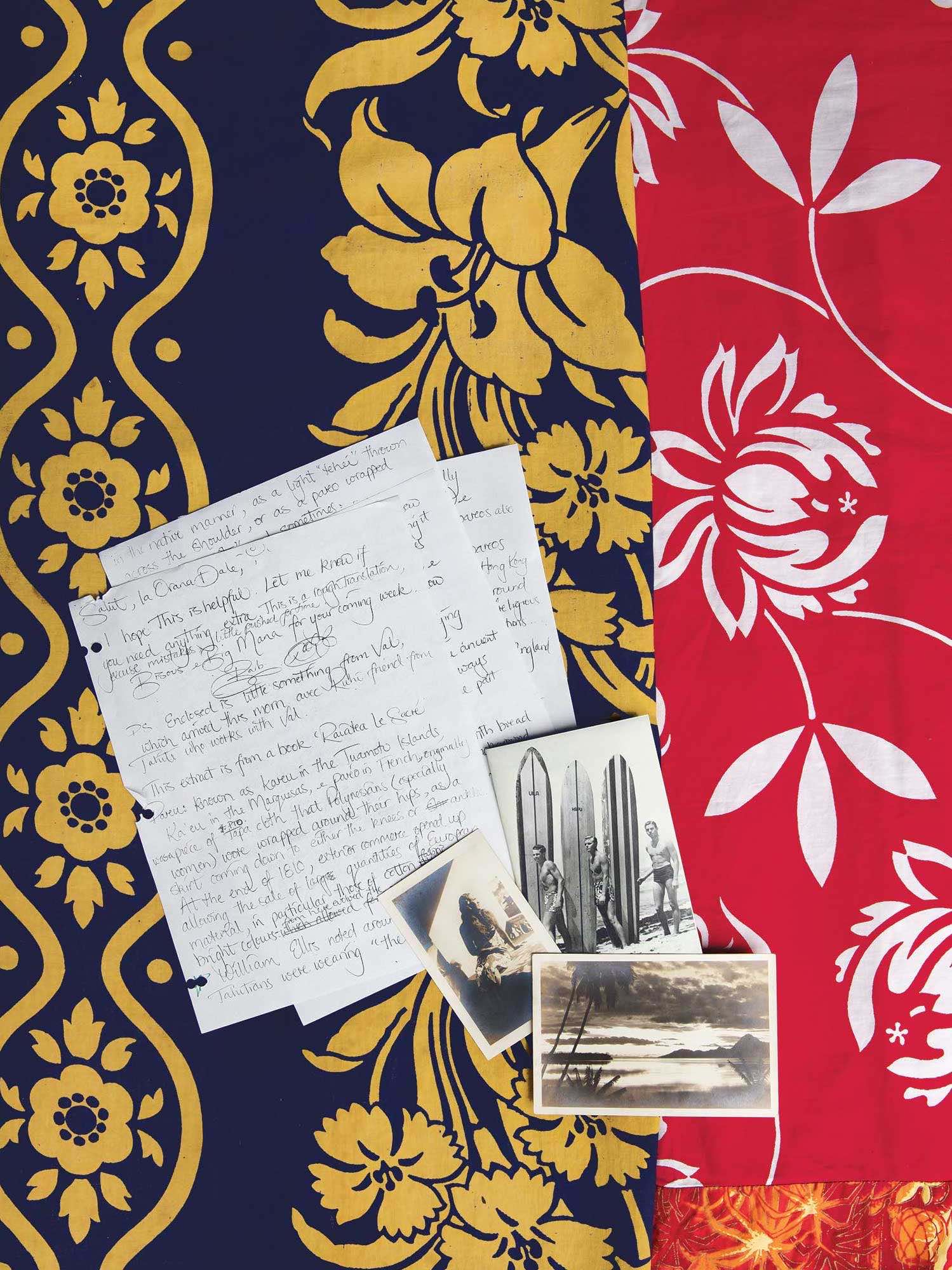

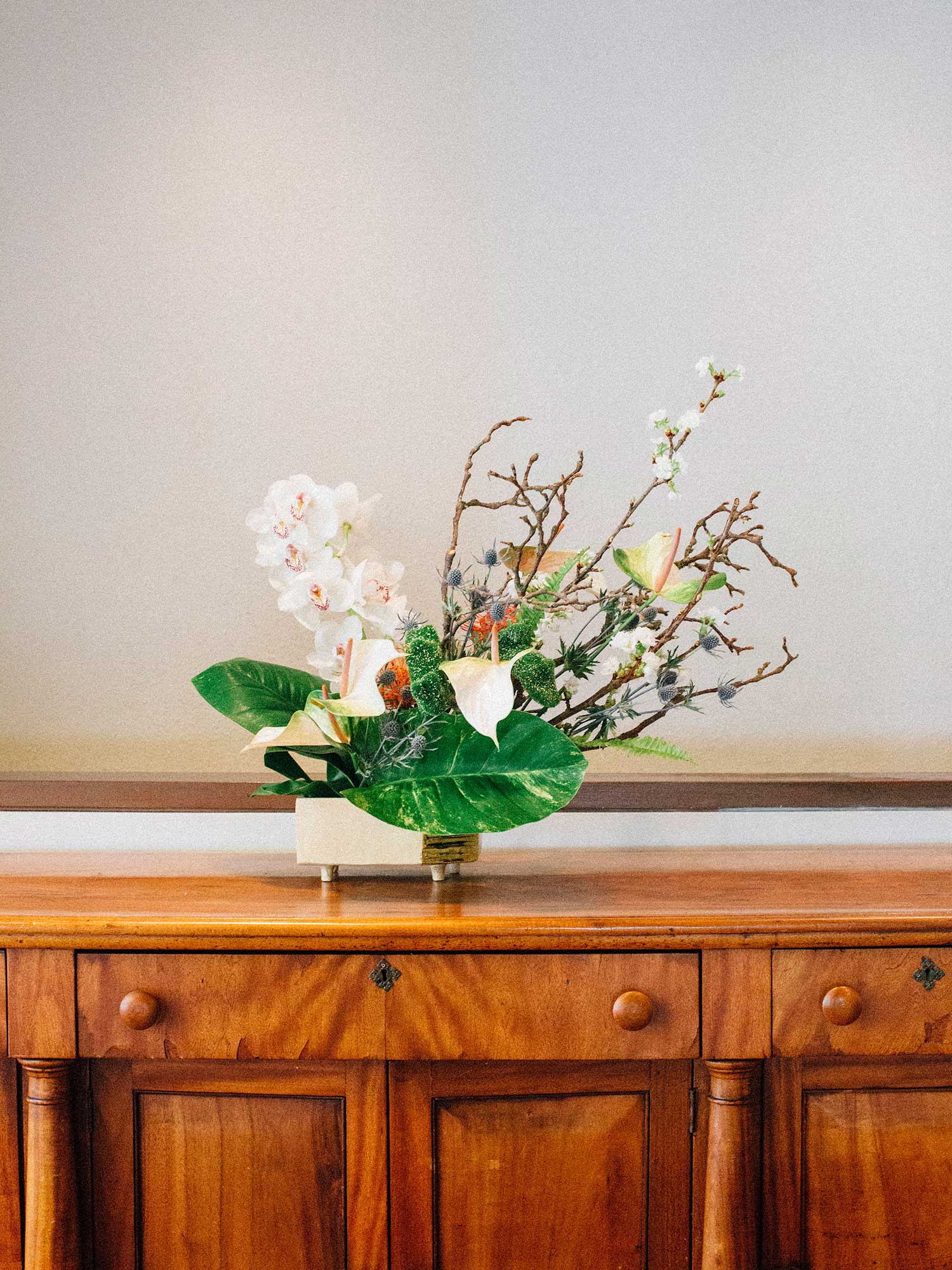


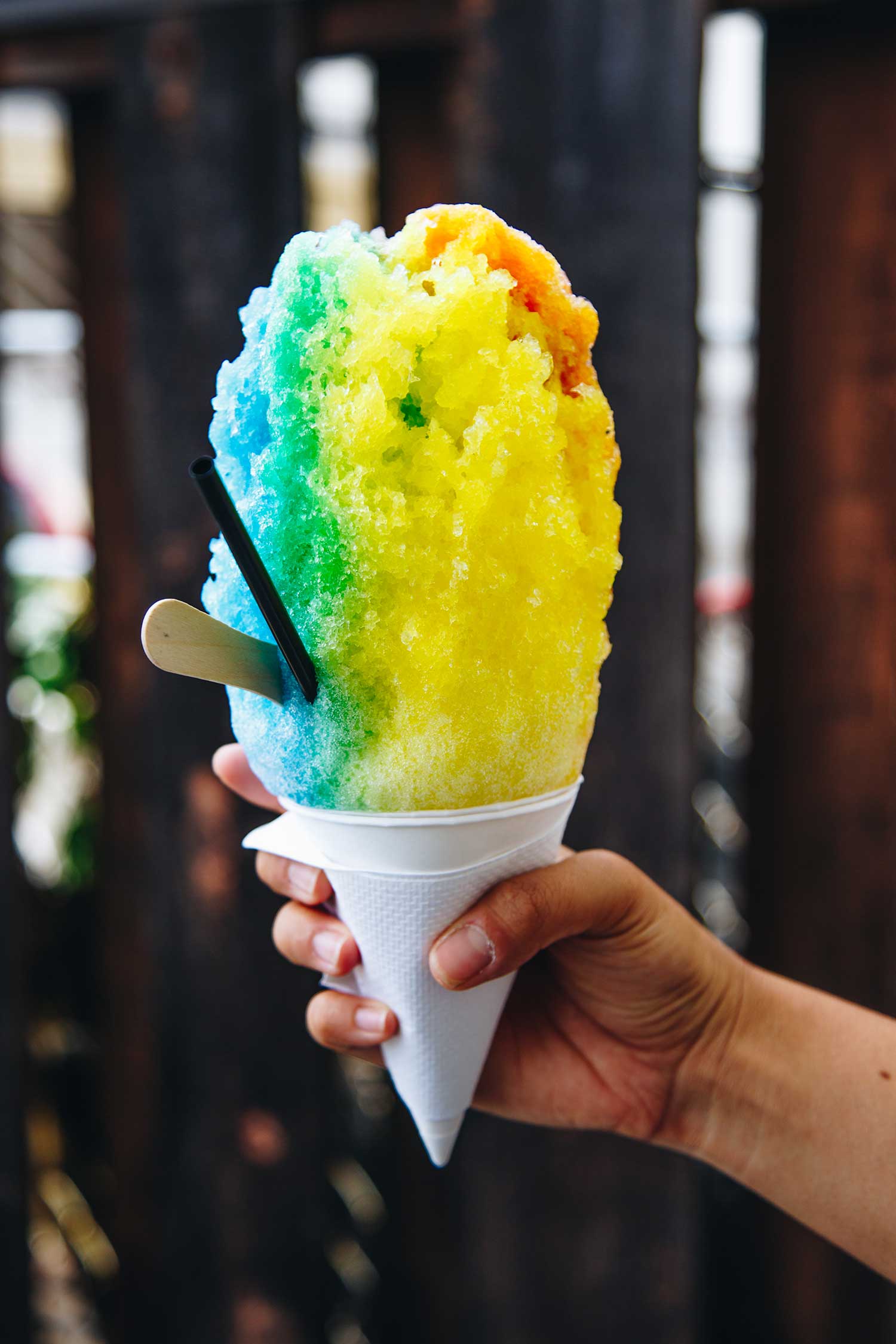

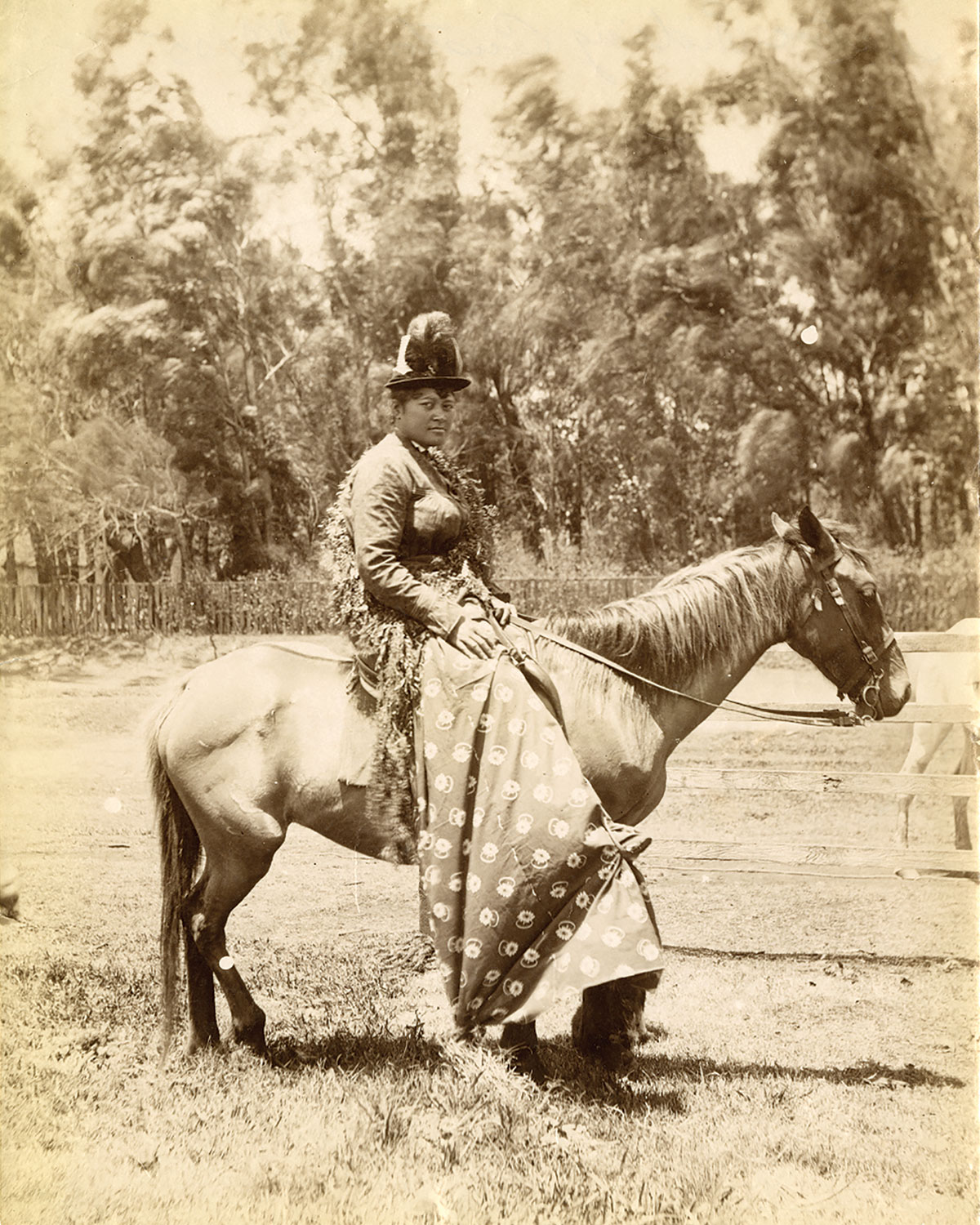
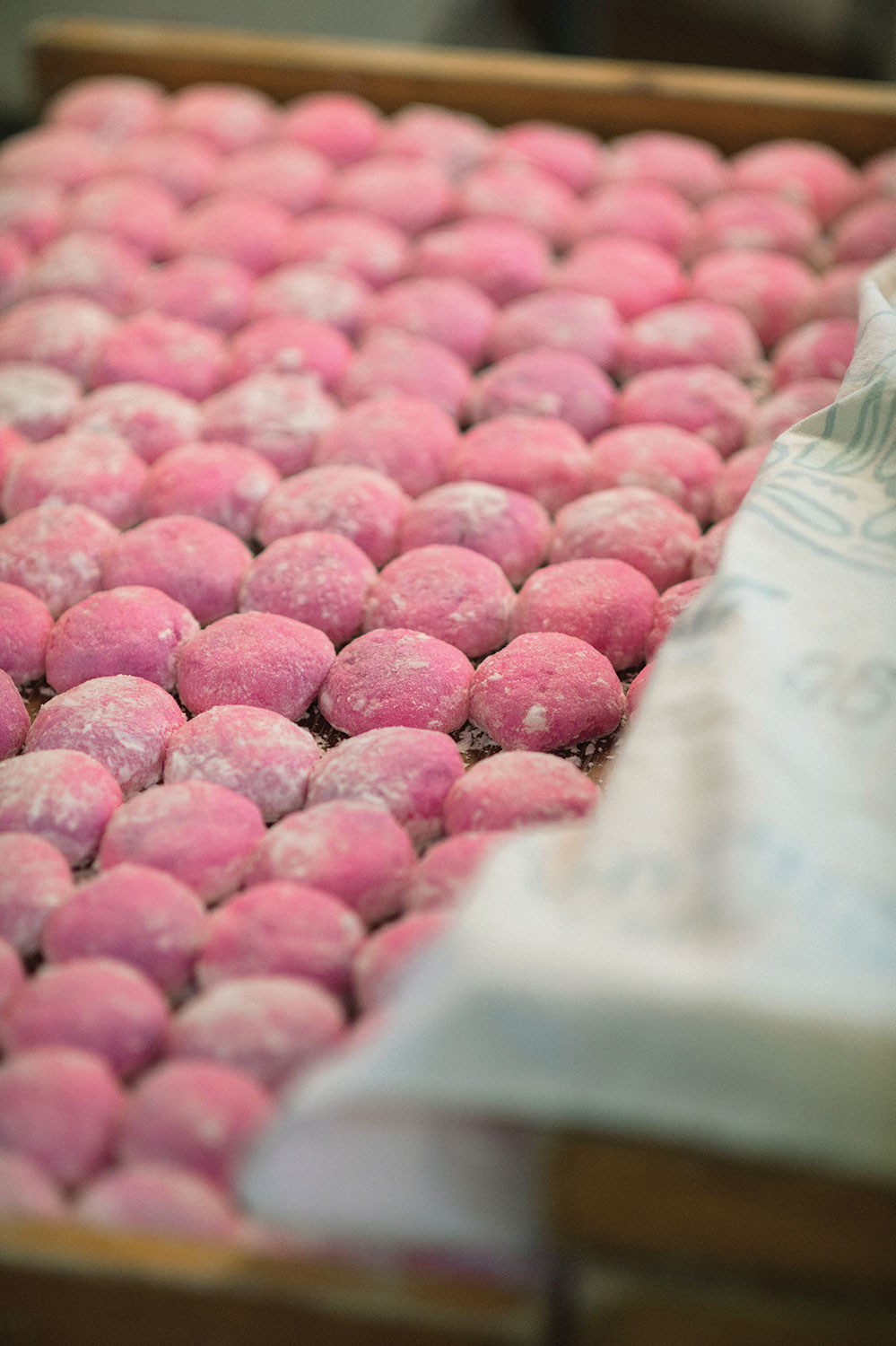

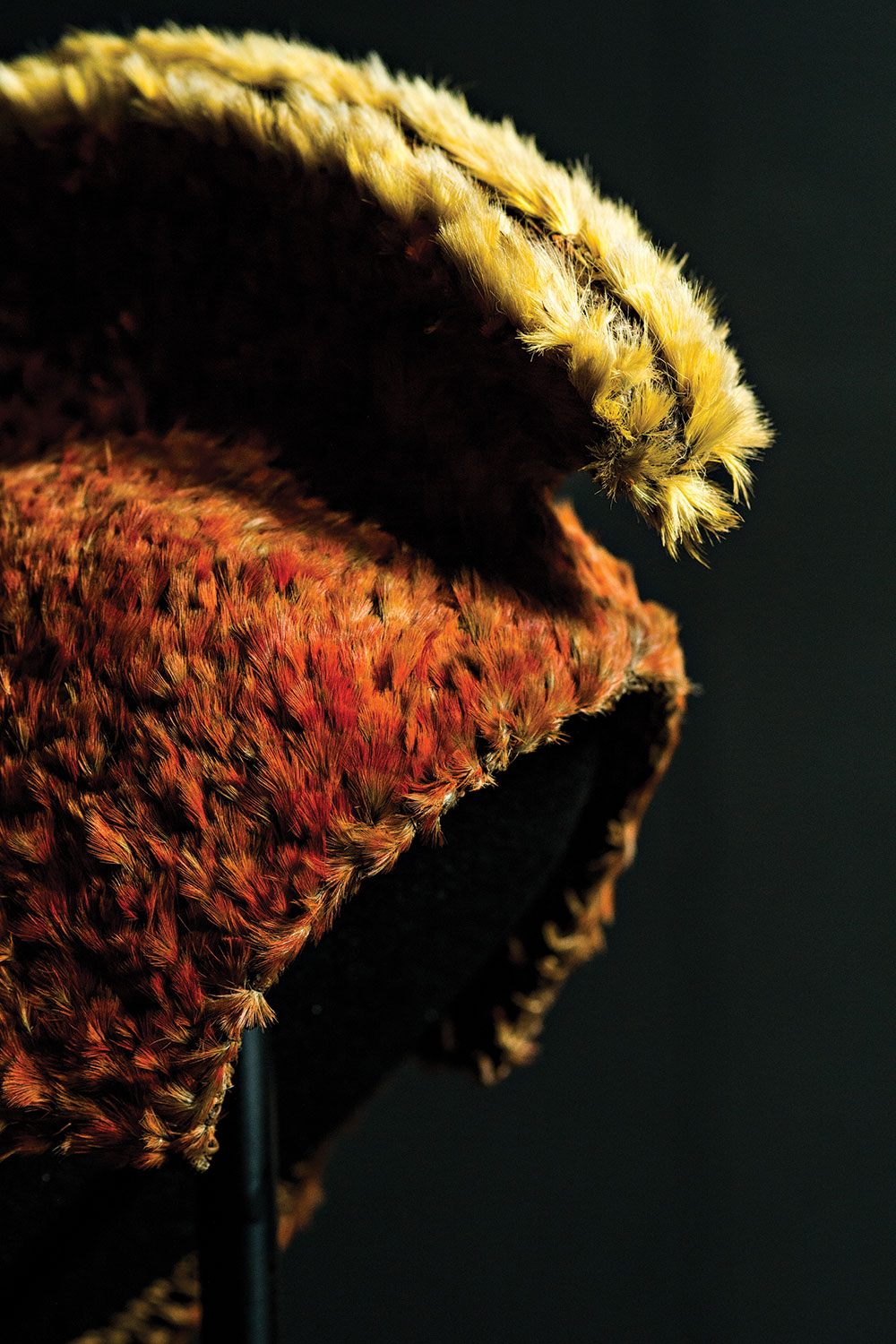
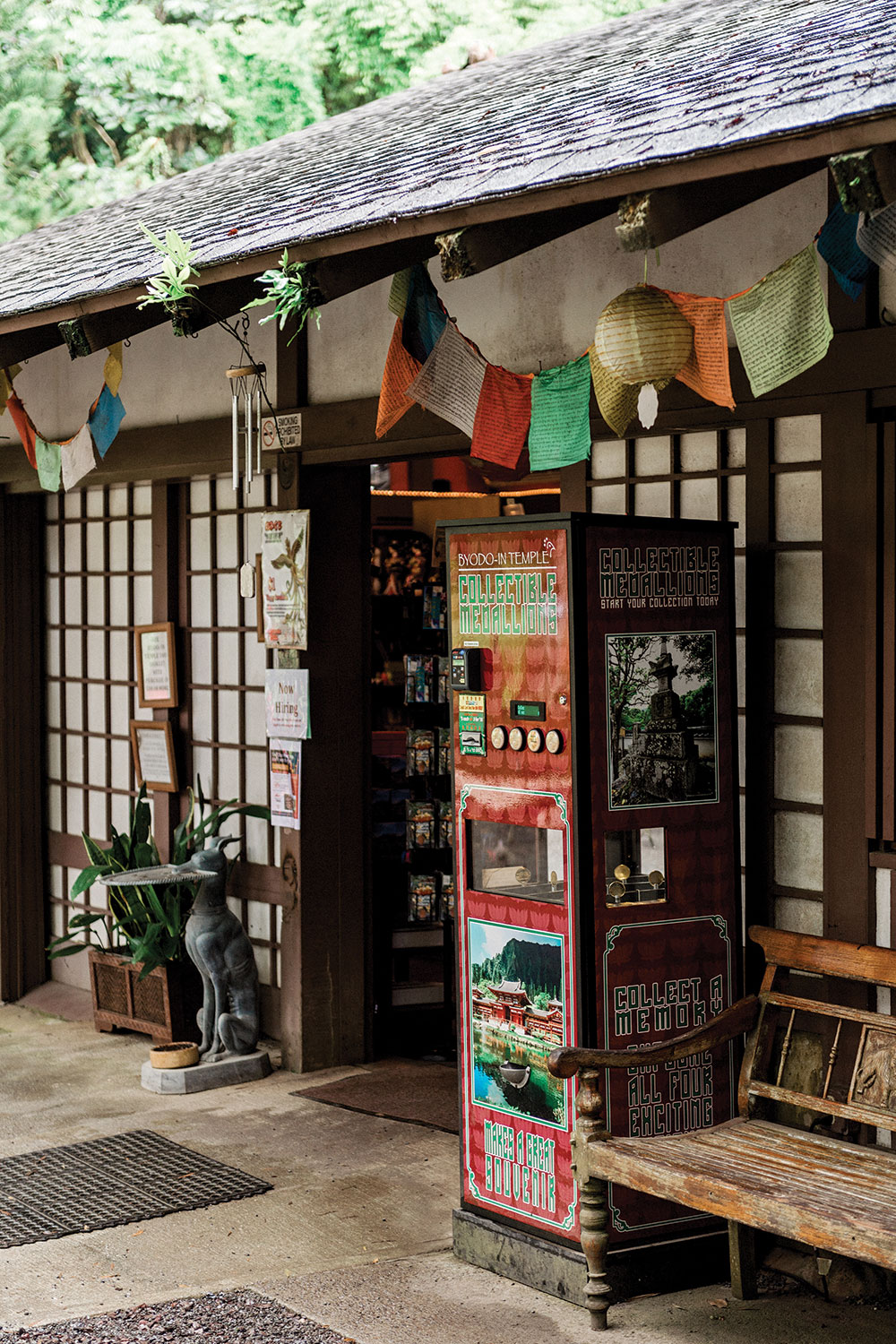
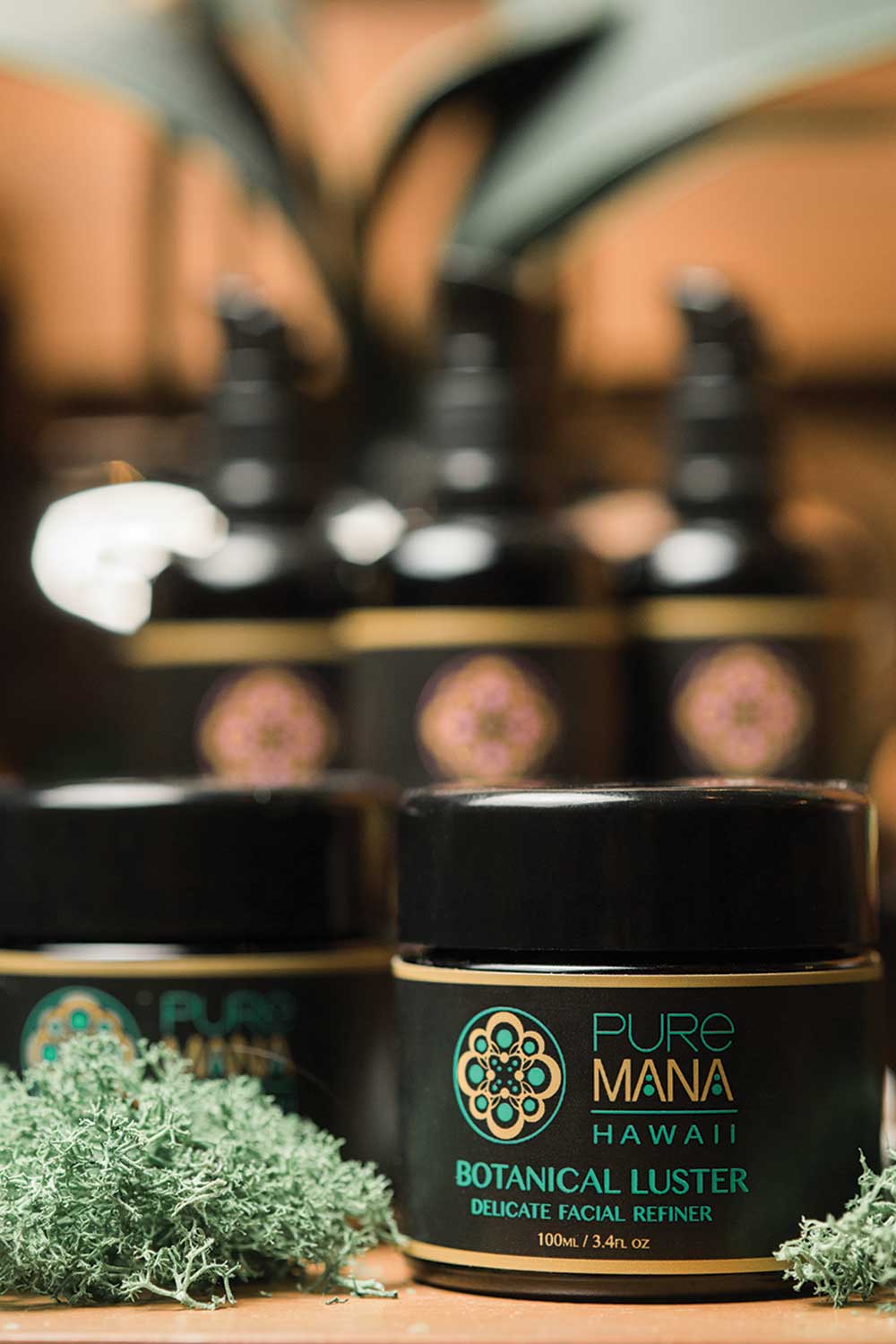




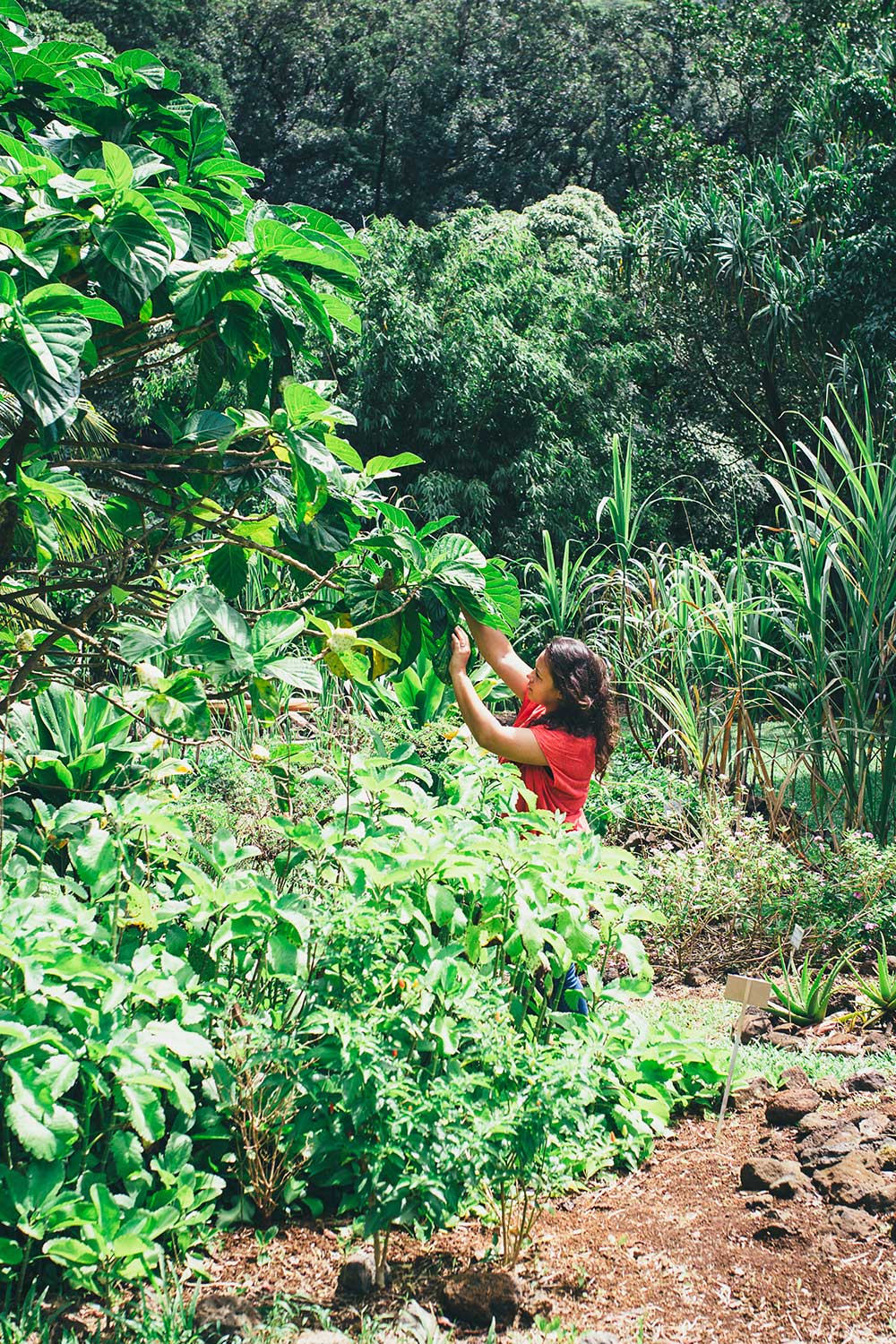


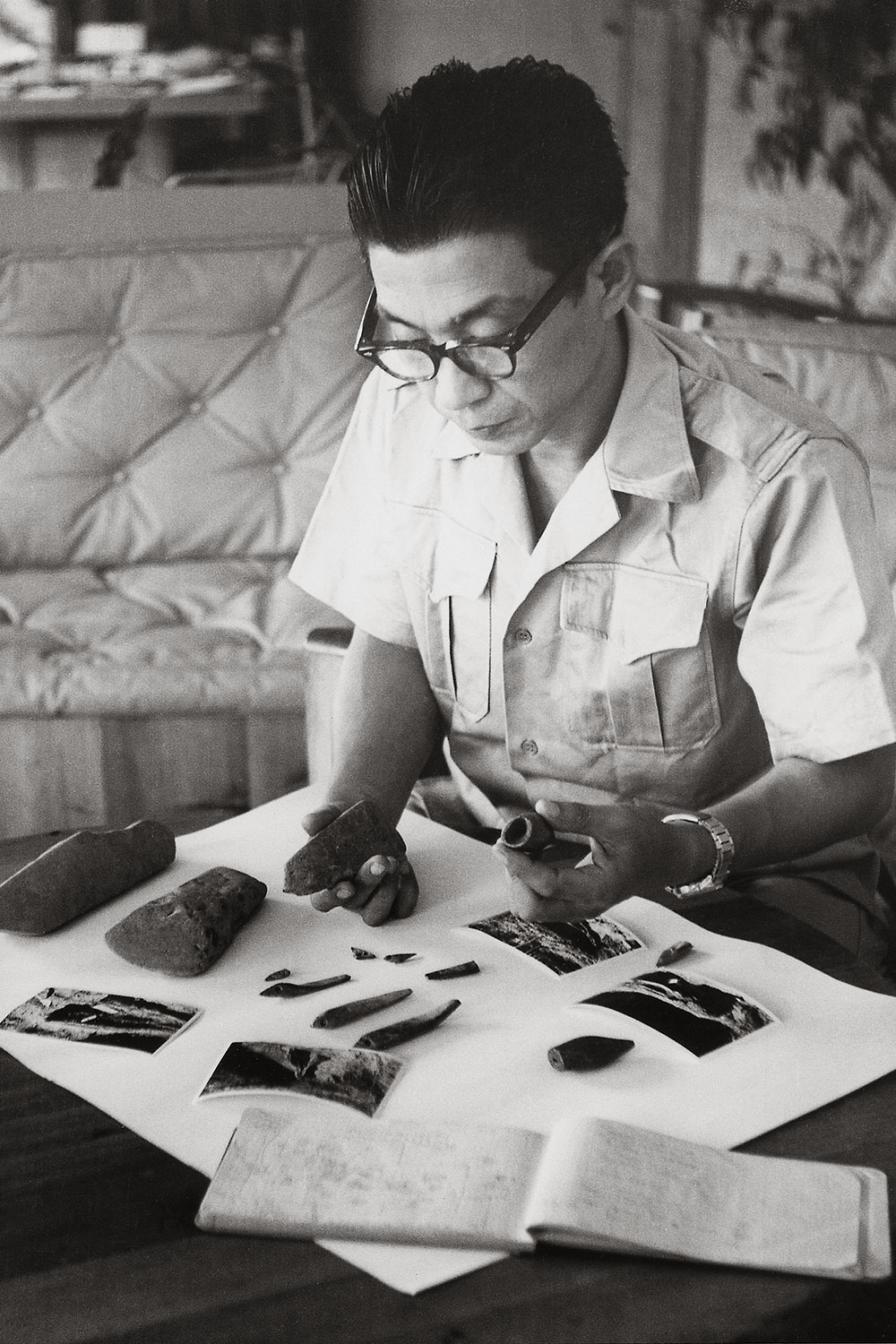









Share: